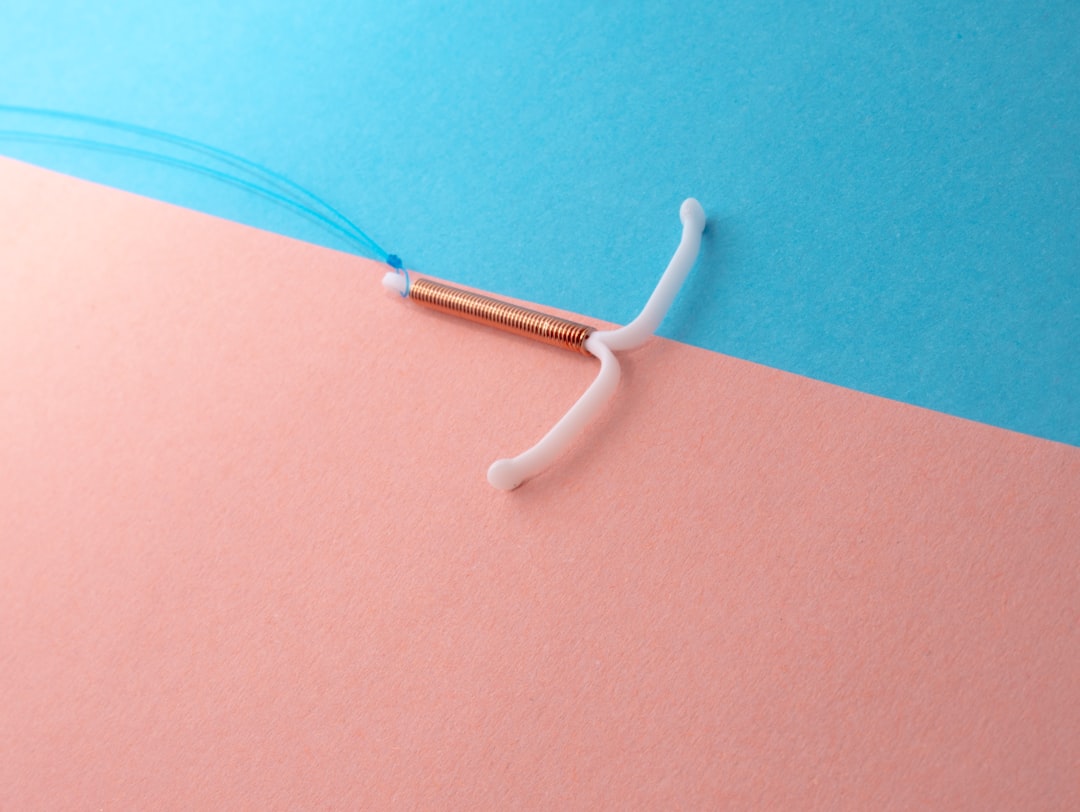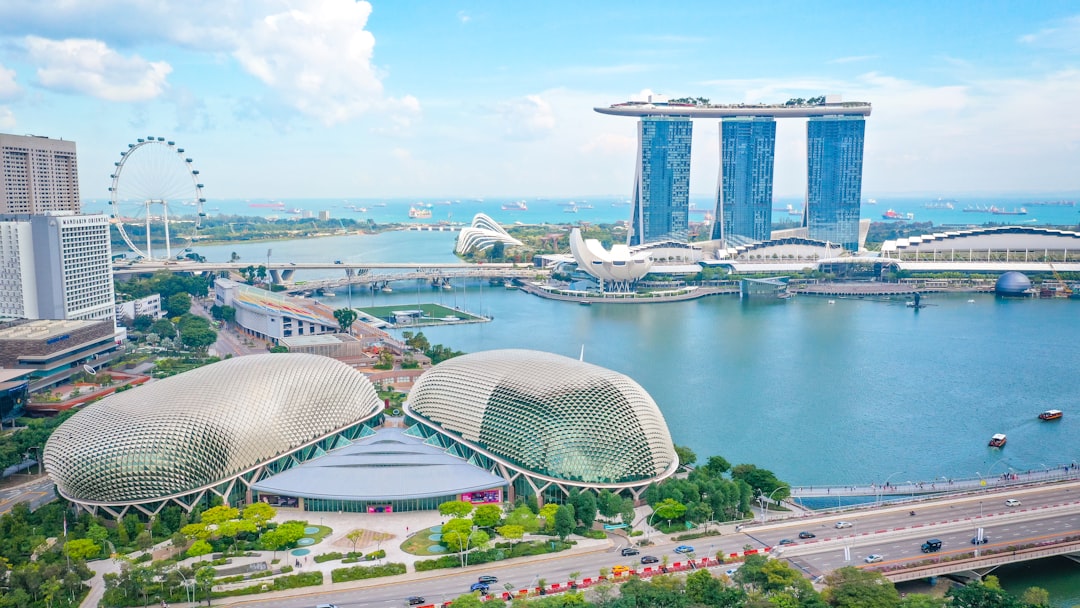What is it about?
Dendritic growth and dendritic arborization of both the large neurons of the cerebral and the cerebellar cortex and the small bipolar neurons were studied in vitro under normal feeding conditions and under the influence of GABA, glycine, and sodium barbiturate. By the end of week 1 the neurons cultured in normal nutrient developed primary dendritic shafts, demonstrating a tendency for bifurcation. By the end of week 2 the neurons appeared as numerous secondary dendritic branches studded with spines. The dendritic development and growth proceeded continuously until week 12 when no further growth and differentiation of the dendritic arborization was noted. Feeding medium enriched with GABA or glycine enhanced dendritic growth and dendritic arborization in vitro. On the contrary, feeding medium contained sodium barbiturate, partially suppressed dendritic growth and dendritic arborization in the neurons of the cerebral and the cerebellar explants. Ultrastructural studies revealed that sodium barbiturate partially suppressed the synapse formation between the neuronal circuits of the cortical explants.
Featured Image
Why is it important?
Sodium barbiturate as a pharmaceutic factor seemed to affect the synapses of the CNS in different ways). In addition,barbiturates decrease metabolic activity of the nervous tissue both in vivo and in vitro. Shankaran and Quastel (1972) claimed that barbiturates suppress the sodium uptake caused by factors that increase mitochondrial respiration. The suppression of mitochondrial metabolism might cause a rise in cytoplasmic Ca, with a further effect on membrane permeability to K (Godfraind et al. 1971; Krnjevic 1972), thus inducing electrolytic alterations in the neuron. The effect of barbiturate on the Na-K ATPase activity on the plasma membrane (Seeman 1972) is an additional import ant factor for the electrolytic disturbances in the neuron.The delayed dendritic growth by sodium barbiturate may be associated with the decreased metabolic activity of the neuron and the electrolytic changes at the level of the plasma membrane, leading presumably to delayed or incomplete synapse formation as well.
Perspectives
The explants treated with glycine demonstrated an extensive development of the dendritic arborizations. Many secondary and tertiary dendrites of the Purkinje cells exhibited segmental dilatations which included numerous organelles, such as microtubules, cisternae of smooth endoplasmic reticulum, abundant filamentous material, and polymorphic sizable vesicles. Most of the dendritic branches were covered with triangular or elipoids spines which formed synapses with dilated axonic terminals. The axons contained elongated mitochondria, numerous neurofilaments and diffusely dispersed vesicles which accumulated in large congregations in the axonic terminals. Large number of synapses were seen between the spines or the smooth dendritic surface and the axonic collaterals of adjacent neurons. In correlation with the normal control, the number of the free, unattached spines was minimal.
Professor Stavros J Baloyannis or Balogiannis or Balojannis or Baloyiannis or Mpalogiannis
Aristotle University of Thessaloniki
Read the Original
This page is a summary of: Effects of GABA, glycine, and sodium barbiturate on dendritic growth in vitro, Acta Neuropathologica, January 1983, Springer Science + Business Media,
DOI: 10.1007/bf00703201.
You can read the full text:
Contributors
The following have contributed to this page










